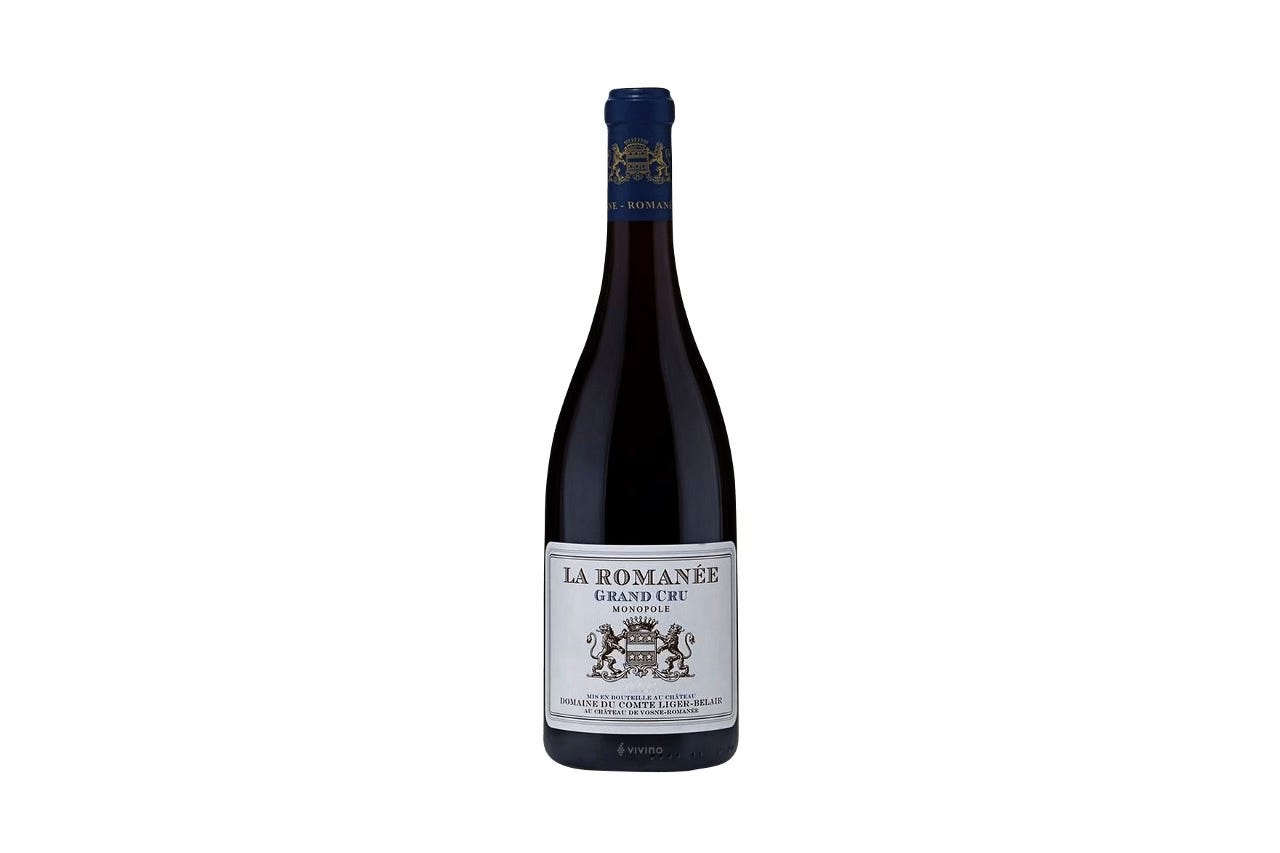Even in Burgundy—a region that measures greatness in whispers, not shouts—La Romanée speaks softly and carries immense authority. A single, walled patch of vines balanced on the mid-slope of Vosne-Romanée, this Grand Cru is both a vineyard and an idea: precision distilled into Pinot Noir. It is also a monopole, farmed and produced exclusively by Domaine du Comte Liger-Belair. At 0.845 hectares, La Romanée is the smallest AOC in France, a postage-stamp of limestone that has nonetheless loomed large over two centuries of Burgundy history.
A family, a parcel, a promise
The Liger-Belair story threads through La Romanée’s modern identity. Beginning in the early 19th century, General Louis Liger-Belair assembled six tiny parcels and, in 1827, registered them as one: La Romanée. Though the wider estate was later broken up—famously at the 1933 Vosne auction—La Romanée stayed within the family and today sits again at the heart of a rejuvenated domaine under Louis-Michel Liger-Belair. His twenty-first-century revival—rooted in deep viticultural intent and strategic vineyard acquisitions—has returned the house to the front rank of Burgundy.
Where it sits—and why that matters
La Romanée lies just above Romanée-Conti, shouldered by Richebourg to the north and La Grande Rue to the south, with Aux Reignots rising uphill. The slope is marked—around 12–16%—and faces east for an early, gentle light. Beneath a brown, calcareous topsoil lies the pink-tinged Premeaux limestone and oolite that define its drainage and its line. This is classic Vosne, but a finer-grained, slightly less clay-rich expression than its fabled neighbor downslope.
Scarcity by design
Regulated yields for La Romanée stand at 35 hl/ha, but the reality is often less, translating to roughly 3,500–4,000 bottles in a typical year. When an entire Grand Cru fits inside a city block, scarcity isn’t a marketing line—it’s a fact of geology and law. No wonder collectors treat each release like a dispatch from a tiny republic.
Farming and cellar: a precise, modern classic
Under Louis-Michel, the domaine farmed its vineyards organically and moved to biodynamics (with Ecocert certification for La Romanée), a choice that complements the site’s delicacy. In the cuverie, fruit is largely destemmed—though whole clusters are used when the vintage calls for it—and élevage is unapologetically luxurious: new oak is the rule for the reds, used in service of texture and longevity rather than overt flavor. The watchwords are purity, silk, and length, not weight.
The wine in the glass
La Romanée’s signature is an unforced perfume: rose and peony, red-to-black cherry, a twist of wild strawberry and spice that is distinctly Vosne, then something more ethereal—incense, crushed rock, often a saline snap on the finish. Tannins are as finely woven as the weave allows, yet the wine carries a clear, stony spine. In weaker years it remains graceful; in great years it is one of Burgundy’s most intricate tapestries, building nuance rather than volume as it ages. (Recent critical tastings echo exactly that harmony of fragrance, finesse, and drive.)
Context among giants
Part of La Romanée’s fascination is its neighborhood. The vineyard sits on the same fabled strip as Romanée-Conti, Richebourg, and La Grande Rue, yet it offers its own accent: slightly more lift and filigree than power, a voice pitched for intimacy rather than proclamation. Its boundaries and status were codified in 1936, but its personality was etched long before by slope, stone, and the unobstructed morning sun that coaxes ripeness without haste.
Why it matters now
Burgundy is in a generational handoff, and Louis-Michel Liger-Belair stands among the figures redefining excellence while honoring tradition. His stewardship—both cultural and technical—has made the domaine’s range (from villages to Grand Crus) a reference point for modern Vosne. La Romanée, as the estate’s quiet apex, captures that alignment of heritage and intent.
Drinking and cellaring
If you are fortunate enough to own La Romanée, patience is its native language. The wine can enthrall early for its perfume, but true dimension arrives with a decade or more, when fruit, spice, and limestone meet in perfect tension. Across mature examples, the best bottles reveal a shimmer of energy rather than mass—a detail that collectors prize and that the site seems to produce almost regardless of vintage arcs. Recent releases confirm the thread; older bottles, when well kept, can be haunting.
Key facts:
Appellation/Status: La Romanée Grand Cru, monopole of Domaine du Comte Liger-Belair; AOC established 1936.
Size: 0.845 ha (smallest AOC in France).
Geology/Exposure: Brown calcareous topsoil over Premeaux limestone; east-facing mid-slope, ~12–16% gradient.
Viticulture/Winemaking: Biodynamic farming; mostly destemmed fruit; 100% new oak for reds; occasional whole-cluster use.
Production: On the order of ~3,500–4,000 bottles depending on vintage.


